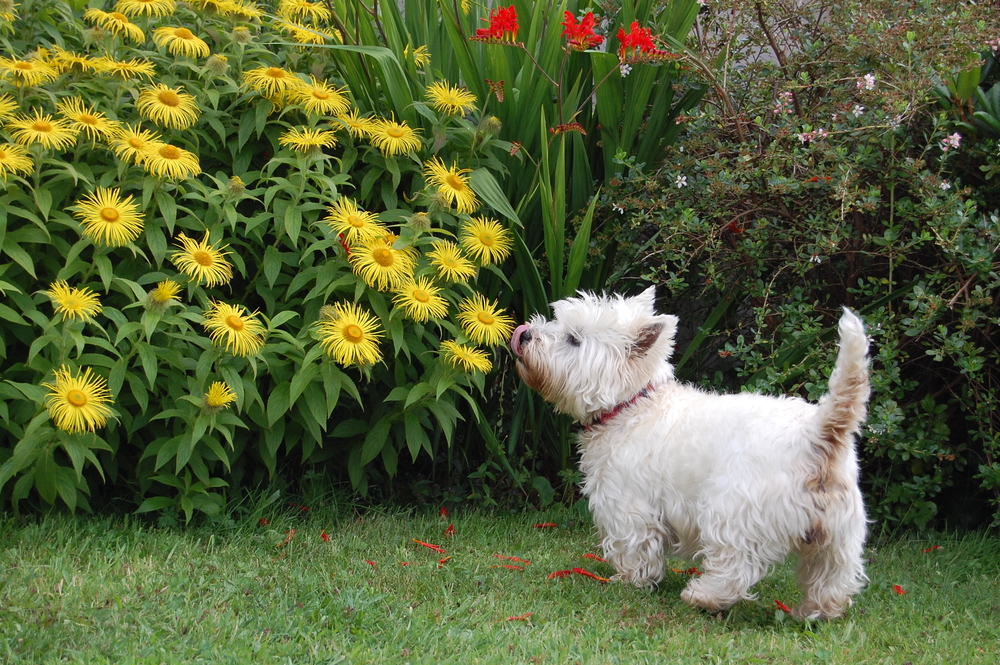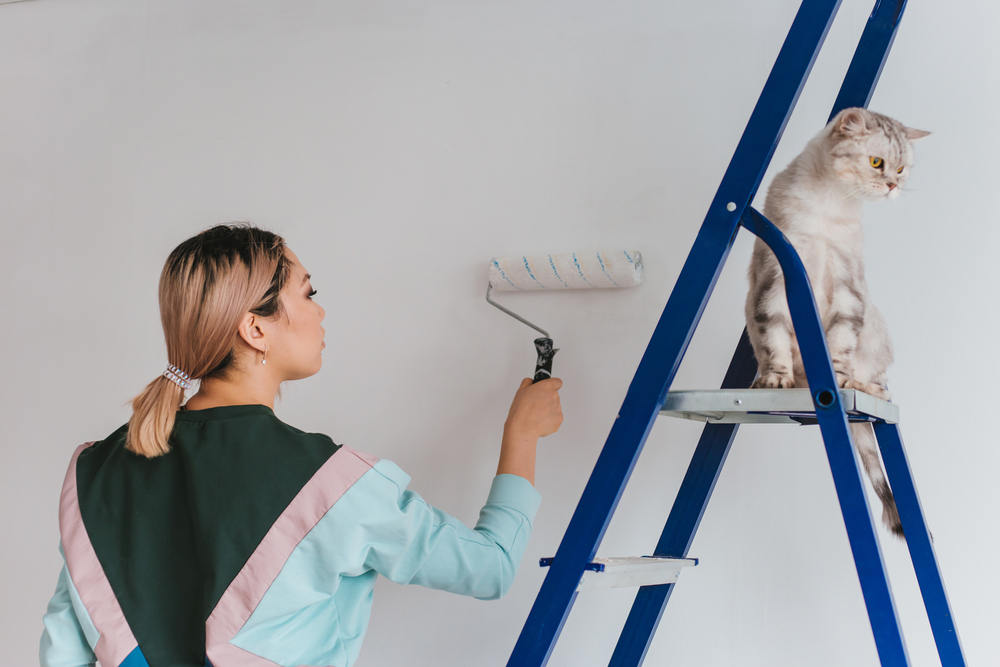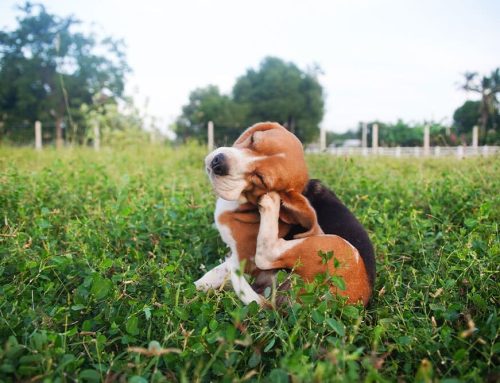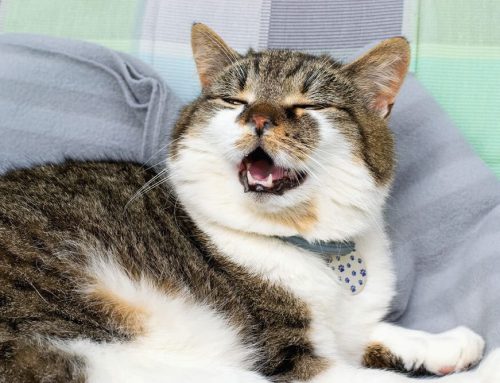Pets have a nose for trouble, whether they mistake an item for food, or find some place that simply looks fun to explore. However, this curiosity can be dangerous if they run across a toxin. Your home, garage, and yard are full of potential hazards for your furry pal. Read on to discover what toxins are hidden in your home, and how to keep your pet safe.
Pet toxins inside your kitchen
Your kitchen is one of the most dangerous rooms in your home, full of health hazards for your four-legged friend. Toxic foods abound on your counter, in your refrigerator, and in your cabinets. Some of the most common toxic ingredients in your kitchen include:
- Chocolate — Chocolate contains caffeine and theobromine, two ingredients that are toxic to pets. The darker the chocolate, the more toxic, so keep all chocolate, but especially your baking chocolate, out of your pet’s reach.
- Grapes, raisins, and currants — These sweet fruits can cause kidney failure through an unknown mechanism, so be safe, and avoid giving your pet any grapes, raisins, or currants.
- Onions, garlic, chives, and shallots — Foods from the Allium family commonly spice up dishes, but a small amount can cause red blood cell damage and anemia in pets.
- Xylitol — This sugar substitute can be deadly for dogs. Xylitol ingestion can cause a severe drop in blood sugar, and lead to seizures, liver failure, and death.
- Macadamia nuts — The most common sign of macadamia nut toxicity in dogs is weakness, particularly in the hind legs, as well as vomiting, depression, and tremors.
- Unbaked yeast dough — Unbaked yeast dough ferments in your pet’s stomach, and can lead to alcohol poisoning, which is indicated by depression, hypothermia, hypotension, seizures, and respiratory failure. Additionally, the rising dough can cause a gastrointestinal blockage or a bloated stomach, which can be life-threatening.
Don’t forget about hazards in your trash can, too. Your pet’s fantastic sense of smell can lead them to spoiled food in the trash that, if eaten, can cause serious health problems.
Pet toxins inside your bathroom
Your medicine cabinet is a double-edged sword—holding both healing medications and dangerous substances. Keep your pet out of the bathroom as you take your medication, to prevent them from snatching up a dropped tablet. Over-the-counter and prescription medications are two of the most common pet toxins and can lead to severe, sometimes fatal, consequences.
Bathroom cleaning supplies are also hazardous for your pet, especially if they like to drink out of a freshly cleaned toilet. Ensure all cleaning chemicals are secured in a cabinet your pet cannot open, and that your pet stays out of the bathroom while you are cleaning.
Pet toxins inside your storage closet
Are you a home improvement fanatic? Do you love arts and crafts time with your kids? If so, your storage closet is likely full of potential toxins for your furry pal. Paint, spackle, paint thinner, glue, batteries, and other items are dangerous for pets. Keep your pet away while you are having fun crafting, do not leave items unattended, and ensure your pet cannot get into your storage area, so they are not at risk of encountering a toxin.
Pet toxins inside your garage
If your furry pal wanders out to the garage, they may run across a major hazard—antifreeze. The ethylene glycol in antifreeze can harm your pet’s brain, liver, and kidneys, and ultimately lead to death from kidney failure.
Other chemicals, such as pesticides and cleaning agents, that are also commonly stored in garages are generally toxic to pets, and should be stored safely out of paws’ reach. Clean up any spilled chemical quickly and thoroughly, and prevent your pet from any contact.
Pet toxins in your yard

When your four-legged friend heads outside to do their business, ensure your flower garden is blocked off. You do not need help “watering” your flowers, and many plants are toxic to pets. Before planting the most gorgeous garden on the block, check out the ASPCA’s list of toxic and non-toxic plants for pets, which will not only help you plot your planting, but also ensure you do not bring bouquets of toxic plants, like lilies, into your home.
Once you’ve sorted out the safest plants for pets, you must also consider hazardous yard and garden products. Herbicides and fertilizers often contain toxic ingredients, and fertilizers containing organic matter are especially appealing to pets. Also, choose your mulch carefully—for example, cocoa bean mulch smells delicious, and your dog may be tempted to nibble, which can cause theobromine toxicity and gastrointestinal obstruction.
If you suspect your pet was exposed to a toxin in your home, garage, or yard, don’t wait until you see obvious signs. Contact an animal poison control hotline, like the ASPCA Animal Poison Control Center, for advice. Next, contact our Emerald Animal Hospital team to let us know what happened, so we can prepare for your pet’s arrival and treatment.









Leave A Comment